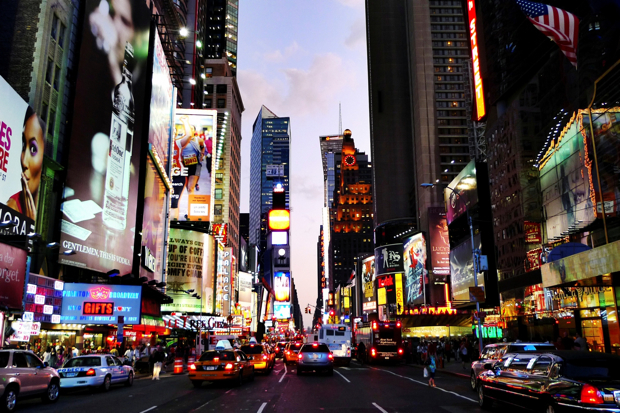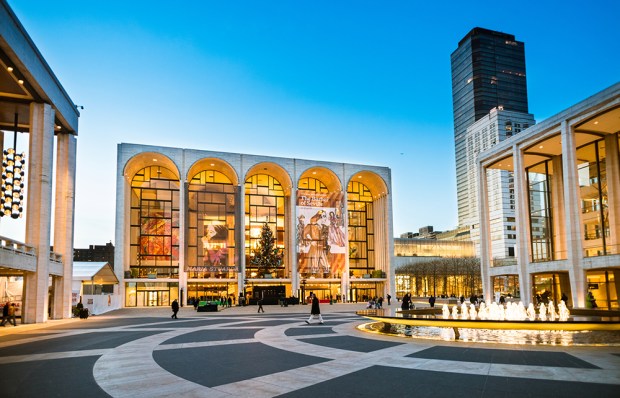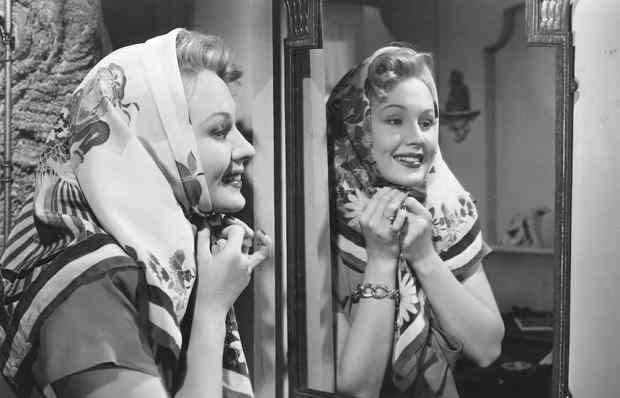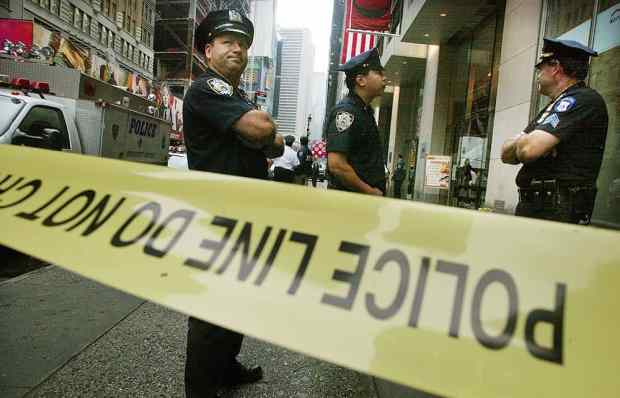New York
Back to the mythic city, dreamed into existence by the movies long ago and instantly memorable, a visually stunning place built for action and adventure, a city of broad avenues and narrow side streets, of soaring towers and grubby tenements, all giving an air of, as Humphrey Bogart drawled in The Maltese Falcon, what dreams are made of. But what’s happened to the gritty stoops of Harlem, the waterfront filled with gleaming ships, its majestic train stations and grand hotels? I’ll tell you, progress is what happened, and it stinks.
New York for me has always been a fictive place, mostly made up from movies I’ve seen, the rest from childhood impressions when New York really was the centre of the universe. A mythic city is an idea, an American masculinity sort of thing, with a moral code of honour all its own and that includes gangsters in fedoras and cops in double-breasted ill-fitting suits and dizzy dames with runs in their stockings. Yes, I know, I’m back in the Forties and it’s all in black-and-white, but if you don’t like black-and-white and prefer car crashes and explosions in glorious Technicolor stop reading here and now. Manhattan’s skyscrapers were where superheroes strutted, always in B&W, as in The Fountainhead and Executive Suite. At times, Fred and Ginger whirled around on a rooftop, and another time a giant monkey hung on for dear life at the top of the Empire State Building. Yes, this was the city I first laid eyes on in 1948 and the one that has remained an illusion ever since, a shimmering picture of glamour and pleasure and danger that distracts and hypnotises. No longer.
The Empire State and Chrysler Buildings were and are real, of course, and their enduring place as the most distinctive and majestic buildings ever produced is assured. As is Rockefeller Center’s, a marvel ten blocks away that I watched non-stop on my first night in Manhattan as a 12-year-old. A dog wagged its tail in lights throughout the RCA evening. My, what a place to land in after eight years of non-stop war and privations, it made Alice in Wonderland seem boring and pedestrian. The next year Warner’s released The Fountainhead, Ayn Rand’s paeon to the value of the individual versus the collective. Ironically, the hero, Howard Roark, is a modernist who struggles to build his bold designs in a compromising world that ‘made buildings look like Greek temples’. I was young and impressionable and failed to boo when they showed the movie on a Saturday night at Lawrenceville School. Neoclassical skyscrapers are shown to be timid and conventional by Miss Rand (who also wrote the screenplay) and director King Vidor, but the tragedy is that neither is around today to see what the modernists have done to this once beautiful city.
The great press lord, played by the aristocratic Raymond Massey, does not resemble Rupert Murdoch at all because he dresses like a gentleman and doesn’t look like a man who would ever fall for the snaky charms of an ugly Chinese hustler like Wendi Deng. Massey dismisses the neoclassical designs as ‘great big marble bromides’, a capital offence to begin with because I cannot think of a more beautiful design than a great big marble bromide that only uses glass to frame panoramic views of Manhattan, not for its walls and exteriors.
The Fountainhead as in the movie should have been a lesson but it wasn’t. Sleek and dynamic modern glass buildings turn lifeless and anonymous when repeated ad nauseam, as happens to be the case in the Bagel. Great architects are very few and far between. For every Mies there are countless Norman Fosters, a man who managed to turn the main square of St Moritz into a carbuncle of ugliness in his search for innovative modernism. (You can search all you want, Norman, without talent you ain’t gonna find it.)
Modernism, especially in architecture, is bleak and sterile and incomprehensible, and a panacea for the talentless and the phoney. Urban architecture that draws on the decorative style of previous eras is beauty personified, whereas functionalism, as the gimmick is called nowadays, is the very stuff that has made architects and city planners turn their backs on what makes a city beautiful and livable.
And speaking of modern life, the takeover by the internet has sealed our fate, and it’s not for the better. Porn is king, but leave it to the New York Times to run a major article debating whether porn has any influence on the young. How can anyone debate this? Well, if you saw what some of the people who work there look like, you might well ask the same question. What David Cameron called ‘the corrosion of childhood’ is a fact to anyone who recognises the difference between day and night, but porn is very, very big business and I don’t give a damn what neuroscience tells us. Exposure to porn can make malleable young people behave in extreme ways, and teens need protection from the porn merchants not only of the internet, but of Hollywood and the TV networks too.
Last week a great American hero died at 89, Rear-Admiral Jeremiah A. Denton Jr, the pilot who, while being interviewed as a POW, blinked in Morse the word torture, signalling to the Jane Fondas of this world that the little men in black pyjamas did not exactly play by the rules. He spent seven years in a tiny cell but his greatest disappointment once back home was the failure of morality among Americans. No modernist he.
Got something to add? Join the discussion and comment below.
Get 10 issues for just $10
Subscribe to The Spectator Australia today for the next 10 magazine issues, plus full online access, for just $10.
You might disagree with half of it, but you’ll enjoy reading all of it. Try your first month for free, then just $2 a week for the remainder of your first year.















Comments
Don't miss out
Join the conversation with other Spectator Australia readers. Subscribe to leave a comment.
SUBSCRIBEAlready a subscriber? Log in